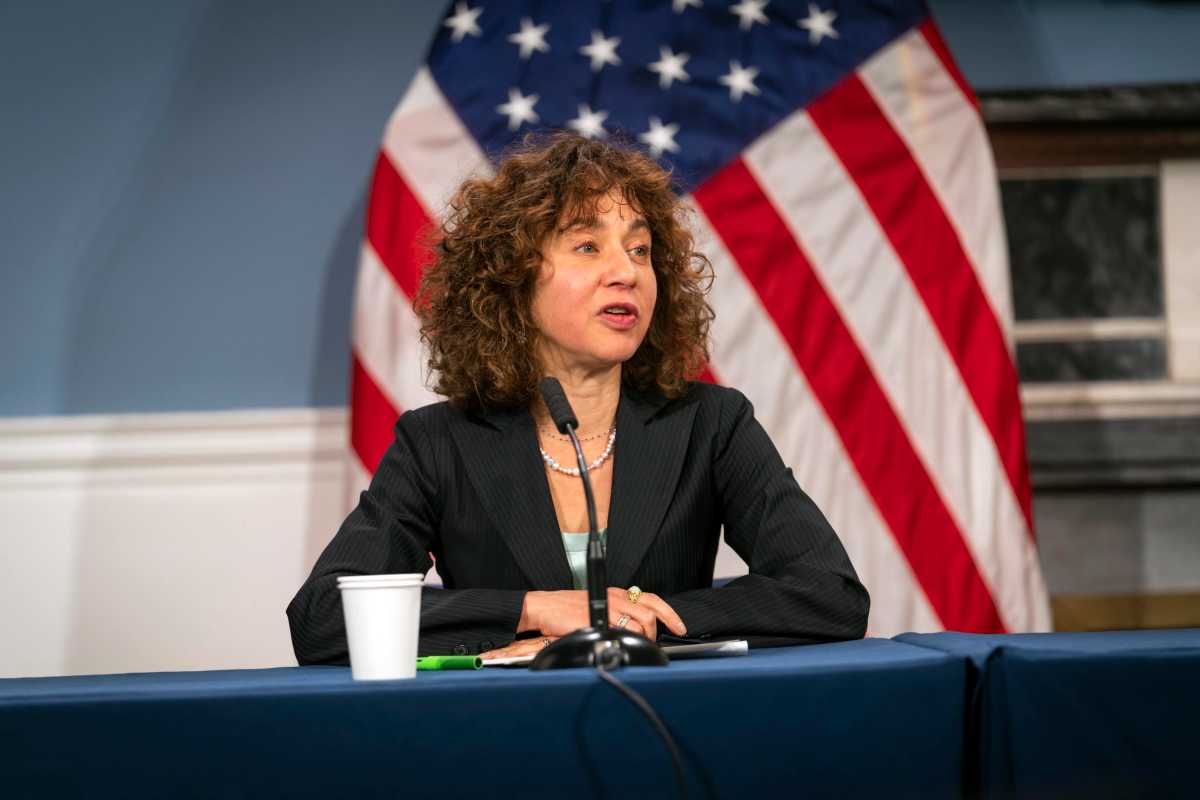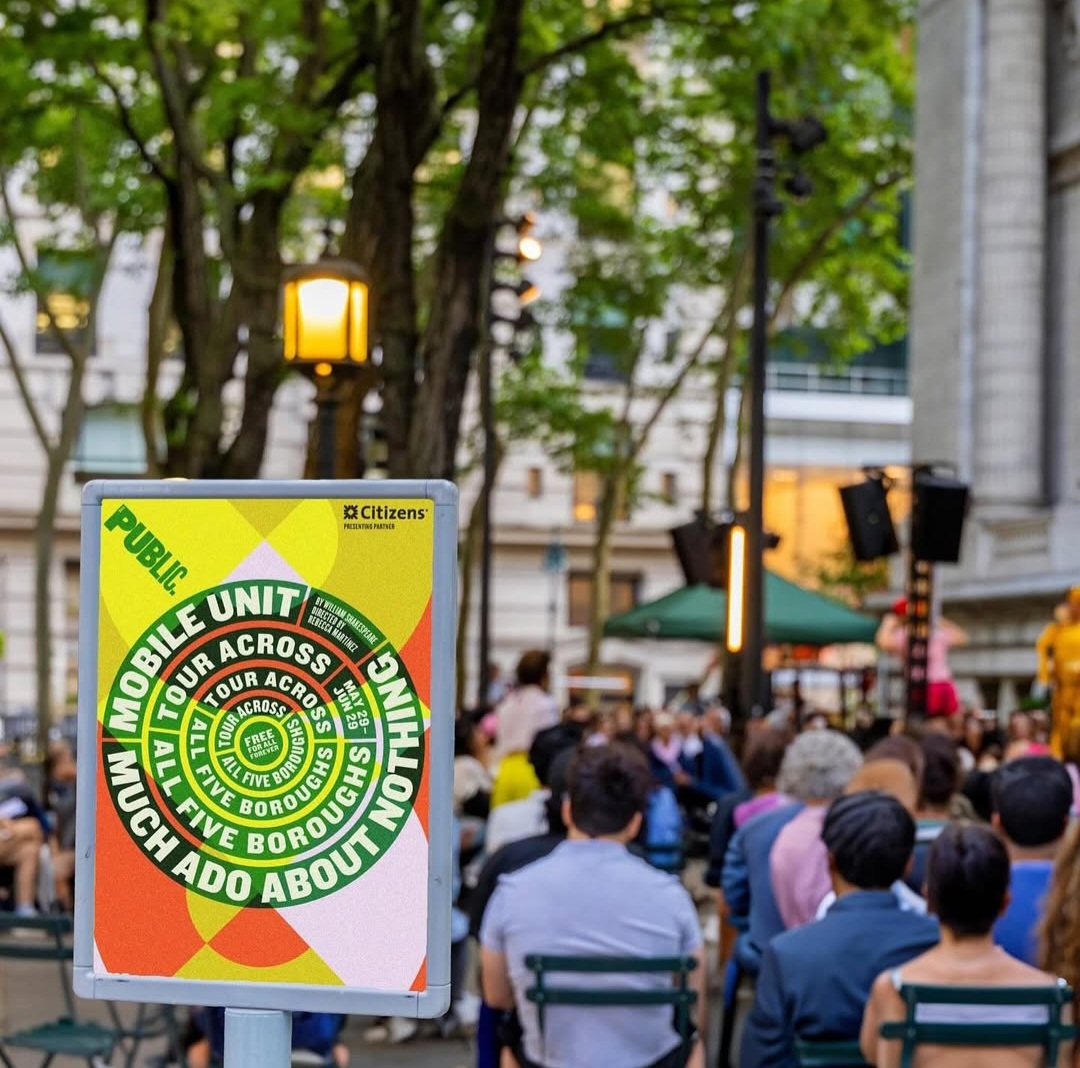
BY JOSH ROGERS | Roll the dice if you want a P.S. 199 kindergarten seat for your child next September.
The new zoning for the overcrowded Upper West Side school is likely to be reduced only slightly and not nearly enough to eliminate a waiting list, which was reportedly the highest in the city last spring, when P.S. 199 had barely enough room for six kindergarten classes. The chances for families to get into the coveted school will probably drop this coming year as the school plans to admit about 25 fewer children to accommodate the crowds, which have reached dangerous proportions, according to the local school advocates.
They say a fire drill last month left many children lingering on the third floor for too many minutes.
“Would we have to stand here like that if it was a real fire,” a fifth grader asked a teacher, according to Andrea Steinkamp, co-president of the school’s PTA.
She said the matter was discussed by the School Leadership Team and new safety steps are being taken but the real problem is that administrators are “spending a lot of time on logistics and just on traffic control” instead of on education. The West 70th Street school has about 900 students in a building designed for 738, she added.
The District 3 Community Education Council has rejected both zoning options presented to them by the city Department of Education and is now leaning toward modifying the city’s first option and reducing the P.S. 199 zone by less than the city wants. There’s consensus to increase the P.S. 452 zone to the north, but by less than the city proposed, and to not expand the P.S.191 zone to the south at all.
Charlie Pollak, a pre-K parent, said that based on a quick estimate, it’ll probably be about a 50-50 chance to be admitted to P.S. 199 next September under the proposal the CEC is moving toward. “They’ve got a coin flip to get in the school,” he said in a phone interview.
If implemented, some families living right by P.S. 199 are once again likely to be denied admission to their zoned school.
“We have had parents who literally live across the street who get waitlisted,” said Steinkamp, the PTA leader. “It’s very frustrating when you look out your front door at P.S. 199 and you can’t get a seat there.”
She’d like to see more done to relieve the overcrowding problem sooner, but said if the CEC does reduce the zone a little “something is better than nothing.”
The CEC and the Department of Education have not yet discussed specific blocks that would be moved back to the proposed new P.S. 199 zone from the one the city suggested for 452, but the city is expected to take the CEC suggestions and present a new plan on November 19. The CEC this week set December 2 as the date to take a final vote to implement a plan, but some members favor pushing it off to early January.

Joe Fiordaliso, president of the CEC, a group of parents elected by leaders of the district school PTAs, said the city’s idea of expanding the P.S. 191 zone “just will not work” because the state Education Department unfairly labeled the school “persistently dangerous,” which gives parents the right to demand placement in another school.
“Unless 191 is seen as a viable option, there’s nothing the CEC or the DOE can do,” Fiordaliso told Manhattan Express after a November 2 CEC meeting.
He and the other members of the council back several measures to help P.S. 191 draw more students and “community buy-in,” including expanding the pre-K there, adding a Gifted & Talented program, and increasing resources. The P.S. 199 PTA’s annual budget is more than 30 times greater than 191’s — about $750,000 compared to $24,000.
The council has also agreed to “grandfather” siblings of existing students so that they would be unaffected by any zoning change. And they have agreed to not zone two new residential buildings — 200 West 67th Street and 170 Amsterdam Avenue — for P.S. 199 unless a third nearby proposed residential development, 200 Amsterdam Avenue, agrees to provide school seats within its building. This will likely meet some resistance from the DOE, which wants a new zoning plan finalized this month.
Fariña Weighs In
Schools Chancellor Carmen Fariña, who visited P.S. 191 on October 28 for a town hall meeting, warned parents that whatever decision the CEC makes, many people will be unhappy.
“Overcrowding doesn’t get solved by fairy dust,” she said. “It gets solved by making some tough decisions.”
She also said P.S. 191 was “in transition,” but on the right track to getting better. “A school also turns around when a community believes in it, when a community says, ‘Together we can do this,’” she said.
After the “dangerous” designation, Fariña added five more staff members to the school, including social workers, taking the money out of her budget, rather than the school’s.
But she, like local advocates, questions the designation — “some of the statistics are done in very strange ways,” she said.
P.S. 199 is mostly white, and 191 mostly youth of color, and Fariña said she values increasing diversity, but not of the sort she described as “artificial.” In addition to race and ethnicity, school diversity to her also includes income, as well as the number of special education students and English Language Learners enrolled.
The Department of Education believes the percentage of non-white students under its first two options would move to between 40 and 50 percent at both 191 and 199 — which is close to 199’s current 36 percent.
Pollak, whose child is in pre-K at P.S. 191, is part of a group of parents who say there is a much better way to increase diversity — linking the schools so that different grades are taught in different buildings. When P.S. 342 opens near P.S. 191 on West 61st Street in two years, the three schools would go from pre-K to 8, but proponents maintain a new structure could begin next September.
It’s an idea that has been used in the past in the city, but the DOE currently opposes. Fariña didn’t reject it completely last week. Though she has generally opposed an overemphasis on test scores, Fariña said one complication is that it is harder to asses a principal of a school that only goes to second grade, because those students are not given standardized tests.
At another meeting last month, the DOE’s Sarah Turchin, who has been presenting the District 3 zoning proposals, said Fariña and other administrators think splitting up elementary schools is not “instructionally sound.”
Similarly, the district’s superintendent, Ilene Altschul, said of “pairing” the schools, “I am opposed to that… I feel that it doesn’t provide the students with a continuous education — [you have] a different leadership style, different visions, different missions — so it does cause a difficult transition for children.”

But when a modified version was presented to Altschul at a CEC meeting this week, she said she and the DOE would give it some thought. The new idea would be to only “pair” P.S. 191 with 342, when the new building opens a block away in 2018.
The modified “pairing plan” was suggested by P.S. 191’s School Leadership Team. Kajsa Reaves, the school’s PTA president, said P.S. 191’s leaders oppose the DOE suggestion to share a zone with P.S. 342 because there’s a danger that too many families would want to go to 342, and 191 would always be seen as a second choice. She said there’s a lot more to study before the proposal is concrete, but added it is a “manageable” goal to put together enough information so it could be part of the formal presentation on November 19.
CEC members have not been receptive to the idea of splitting three schools by grades, but on November 2, several members said the idea of splitting two was worth exploring more.
The big time pressure on the CEC is that the kindergarten application period has been moved up a month from its timing last year and is currently scheduled to go from December 7 to January 15. The change was celebrated in a DOE press release last month, in which Fariña said, “By making kindergarten offers earlier, we will make the process easier for families and strengthen the transition between pre-K and kindergarten.”
For families across the city who get their first choice, the early news will undoubtedly be welcomed, but for waitlisted families it will prolong the period in limbo. Waitlists tend not to clear much until Gifted & Talented offers go out near the end of the school year, and the G & T timetable has not been changed.
The key date on kindergarten applications is the last one, since there is no limit on how many times parents can change their desired school rankings. Last year, the city pushed back the deadline a few days to February 18.
Contact Josh Rogers at Josh@cnglocal.com.






































